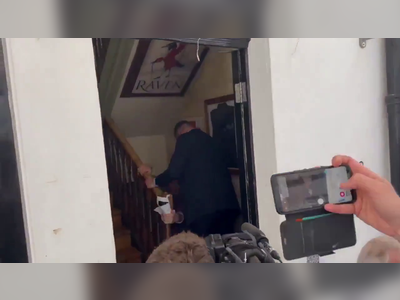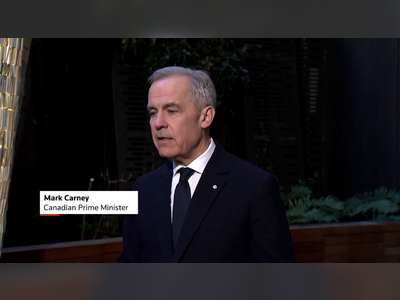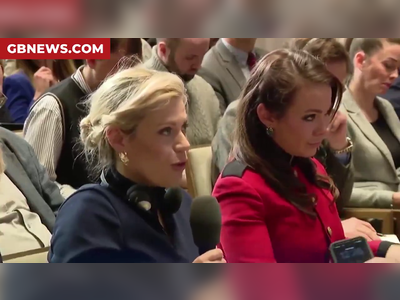Trump Considers Bypassing Senate for Cabinet Appointments
Exploring Recess Appointments for Cabinet Picks
President-elect Donald Trump has indicated he may bypass the U.S. Senate's approval process to install his Cabinet picks through recess appointments, a move that would sideline congressional oversight.
The U.S. Constitution requires Senate approval for approximately 1,000 top government positions, but Trump wants the Senate to adjourn after his inauguration to enable these appointments without scrutiny.
Recess appointments, permitted by the Constitution when the Senate is not in session, allow officials to serve for up to two years.
This path has historical precedence, with former Presidents Barack Obama and George W.Bush both making such appointments.
However, since 2007, Congress has used 'pro forma' sessions—a tactic upheld by the Supreme Court in 2014—to block this maneuver, allowing recess appointments only if the Senate adjourns for a minimum of 10 days.
Trump's plan would require both the Senate and House to adjourn simultaneously.
If the two chambers disagree, the President could adjourn Congress, though this power has never been used.
Opinions among Republicans are mixed, with some supporting the idea and others wary of relinquishing Senate confirmation powers.
If Democratic opposition slows Trump's appointments, Republicans may consider recess appointments to expedite the process.
In the House, Speaker Mike Johnson has yet to express a stance on the proposal.
The U.S. Constitution requires Senate approval for approximately 1,000 top government positions, but Trump wants the Senate to adjourn after his inauguration to enable these appointments without scrutiny.
Recess appointments, permitted by the Constitution when the Senate is not in session, allow officials to serve for up to two years.
This path has historical precedence, with former Presidents Barack Obama and George W.Bush both making such appointments.
However, since 2007, Congress has used 'pro forma' sessions—a tactic upheld by the Supreme Court in 2014—to block this maneuver, allowing recess appointments only if the Senate adjourns for a minimum of 10 days.
Trump's plan would require both the Senate and House to adjourn simultaneously.
If the two chambers disagree, the President could adjourn Congress, though this power has never been used.
Opinions among Republicans are mixed, with some supporting the idea and others wary of relinquishing Senate confirmation powers.
If Democratic opposition slows Trump's appointments, Republicans may consider recess appointments to expedite the process.
In the House, Speaker Mike Johnson has yet to express a stance on the proposal.












